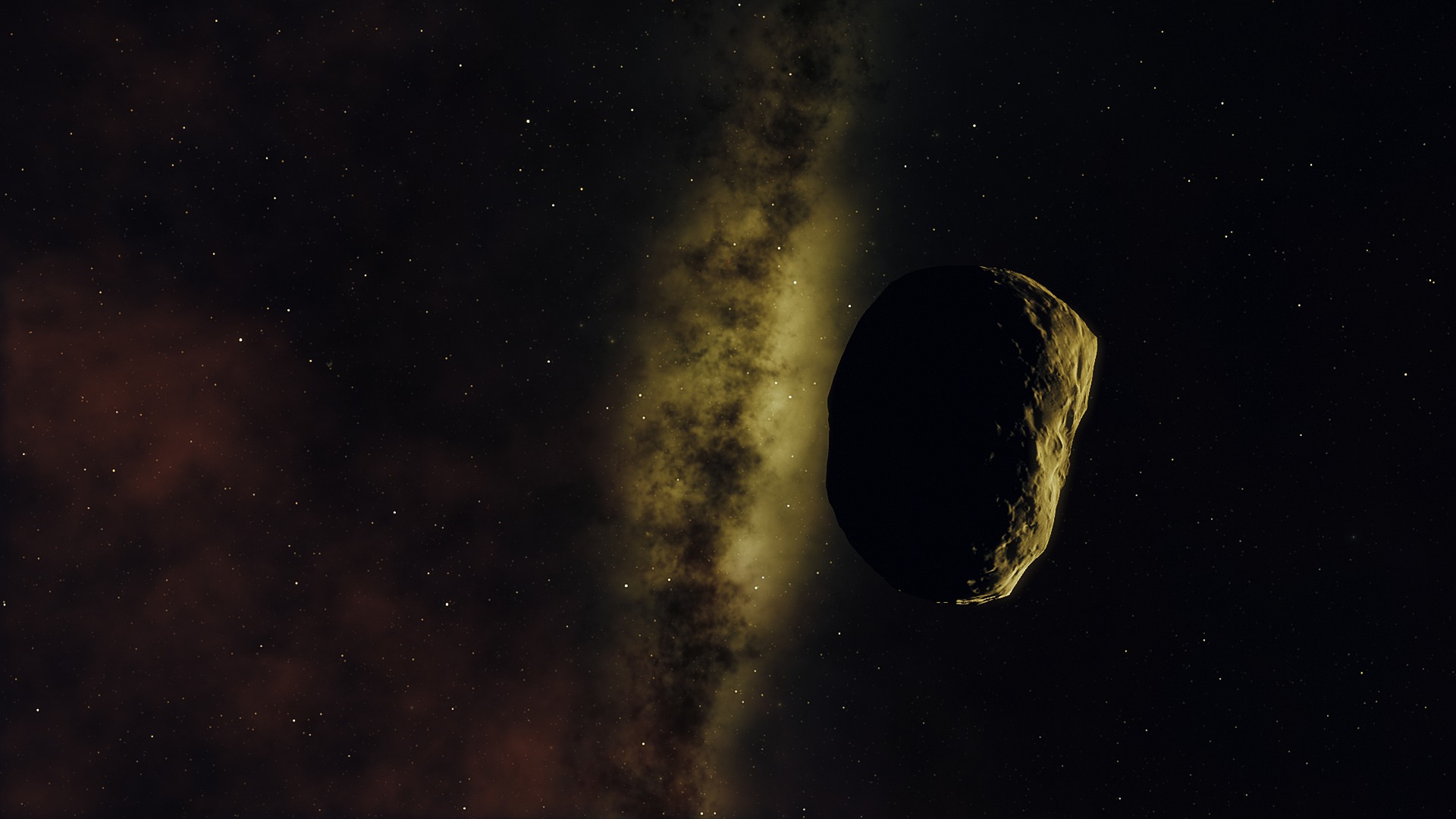Organisation/s:
Universidad de Alicante, Spain
Funder:
The work of TS-R was carried out through
grant APOSTD/2019/046 by Generalitat Valenciana (Spain). This work was (partially)
funded by the Spanish MICIN/AEI/10.13039/501100011033 and by “ERDF A way of
making Europe” by the “European Union” through grant RTI2018-095076-B-C21, and
the Institute of Cosmos Sciences University of Barcelona (ICCUB, Unidad de Excelencia
‘María de Maeztu’) through grant CEX2019-000918-M. P-YL acknowledges NEO-MAPP
project under H2020-SPACE-2019 GA 870377. PGB, and ACB acknowledge funding
from the Spanish MICINN project RTI2018-099464-B-I00. AA-C acknowledges support
from the State Agency for Research of the Spanish MCIU through the “Center of
Excellence Severo Ochoa” award to the Instituto de Astrofísica de Andalucía (SEV-2017-
0709). DO was supported by National Science Centre, Poland, grants numbers 2017/26/
D/ST9/00240 and 2017/25/B/ST9/00740. Based on observations obtained at the Southern
Astrophysical Research (SOAR) telescope, which is a joint project of the Ministério da
Ciência, Tecnologia e Inovações (MCTI/LNA) do Brasil, the US National Science
Foundation’s NOIRLab, the University of North Carolina at Chapel Hill (UNC), and
Michigan State University (MSU). The Catalina Sky Survey is funded by NASA’s Planetary
Defense Coordination Office, under grant 80NSSC18K1130. The Joan Oró
Telescope (TJO) of the Montsec Observatory (OdM) is owned by the Catalan Government
and operated by the Institute for Space Studies of Catalonia (IEEC). MD
acknowledges funding from NASA NEOO grant 80NSSC21K0045 in support of the
Second Lunation NEO Follow-up. These results made use of the Lowell Discovery
Telescope (LDT) at Lowell Observatory. Lowell is a private, non-profit institution
dedicated to astrophysical research and public appreciation of astronomy and operates
the LDT in partnership with Boston University, the University of Maryland, the University
of Toledo, Northern Arizona University, and Yale University. The Large
Monolithic Imager (LMI) was built by Lowell Observatory using funds provided by the
National Science Foundation (AST-1005313). Operation of the Pan-STARRS telescope is
supported by the National Aeronautics and Space Administration under Grant No.
80NSSC18K0971 issued through the SSO Near-Earth Object Observations Program. This
project used public archival data from the Dark Energy Survey (DES) as distributed by
the Astro Data Archive at NSF’s NOIRLab. Funding for the DES Projects has been
provided by the DOE and NSF (USA), MISE (Spain), STFC (UK), HEFCE (UK), NCSA
(UIUC), KICP (U. Chicago), CCAPP (Ohio State), MIFPA (Texas A&M), CNPQ,
FAPERJ, FINEP (Brazil), MINECO (Spain), DFG (Germany), and the collaborating
institutions in the Dark Energy Survey, which are Argonne Lab, UC Santa Cruz, University
of Cambridge, CIEMAT-Madrid, University of Chicago, University College
London, DESBrazil Consortium, University of Edinburgh, ETH Zürich, Fermilab, University
of Illinois, ICE (IEECCSIC), IFAE Barcelona, Lawrence Berkeley Lab, LMU
München and the associated Excellence Cluster Universe, University of Michigan,
NOIRLab, University of Nottingham, Ohio State University, OzDES Membership
Consortium, University of Pennsylvania, University of Portsmouth, SLAC National Lab,
Stanford University, University of Sussex, and Texas A&M University. Based on
observations at Cerro Tololo Inter-American Observatory, a program of NOIRLab (NOIRLab Prop. ID 2012B-0001; PI: J. Frieman), which is managed by the Association of
Universities for Research in Astronomy (AURA) under a cooperative agreement with the
National Science Foundation. This research has made use of data and/or services provided
by the International Astronomical Union’s Minor Planet Center.



 International
International



